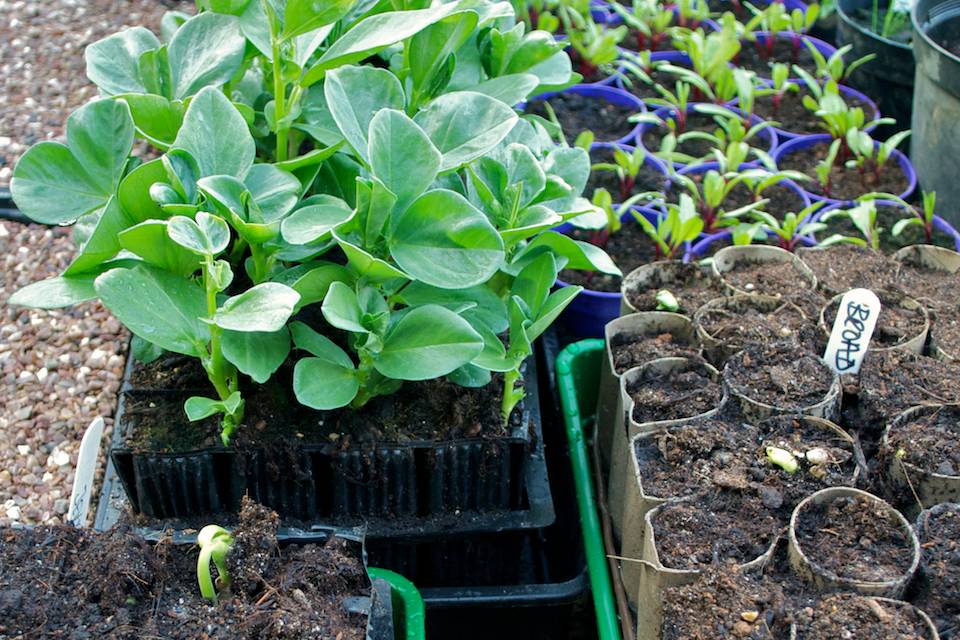It must have been during an episode of Carol Klein’s; Life In a Cottage Garden programme, where I was first introduced to the potential efficacy of the humble left-over loo roll, for the delicate process of seed germination. Whilst Carol was happily chatting away, I spotted a tight honeycomb clump of loo rolls in the background, all neatly bound and comfortably nestling on a bed of compost in a seed tray. Quite a few months passed, all through which yours truly, was under the gullible impression this to be a complete, and worth-a-try, novelty.
After weeks of careful collection, and generous loo roll gifts from so instructed family members, I was ready to test their effectiveness. However, a few words typed into Google soon revealed my startlingly wet-behind-the-ears status when it comes to seed propagating. Having never ventured beyond root trainers, pots and seed trays, a whole world of home-made options and techniques were quickly revealed. The ‘Root Trainer versus loo roll’ discussion has been rampant since at least 2006 on numerous websites, blogs, forums, etc., none of which, I had ever come across until now. In fact, the gardening community seems to be divided into those that are and those that aren’t ‘toilet roll seed sowers‘….
In order to avoid impending disappointment of family members for potentially wasted efforts, and the fact that all available root trainers are currently indisposed; I was keen to go ahead. However, a specific recurring discussion thread very nearly ended the new-found careers of the awaiting loo roll inners. Amongst the garden blogger community, many seem to have experienced, less than effective results using loo roll inners for seed germination. Some even stated that their results showed a drastic 50% lower germination level than when using Root Trainers.
The train of thought is that the inners, are impregnated with some kind of chemical to inhibit fungal growth and hence damage to the product. Consequently, this particular chemical is thought to negatively impact seed germination. Now I am not a scientist, nor producer of loo rolls, but it seems plausible that production process includes some kind of adhesive, preservative, fungicide or pesticide. Despite efforts, it seems to be difficult to discover the exact nature of chemicals in question. Notably, loo roll is produced for the highly competitive consumer retail arena. The consensus therefore is that production techniques are kept strictly secret. All excitingly, cloak and dagger stuff.
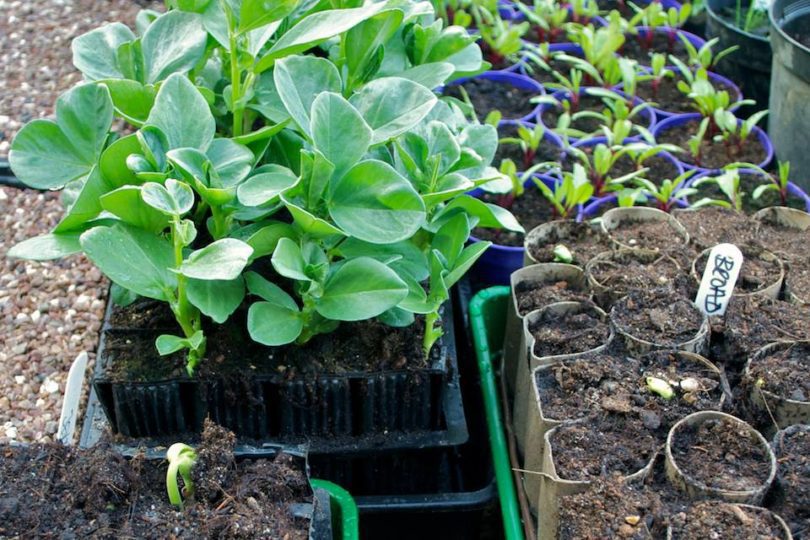
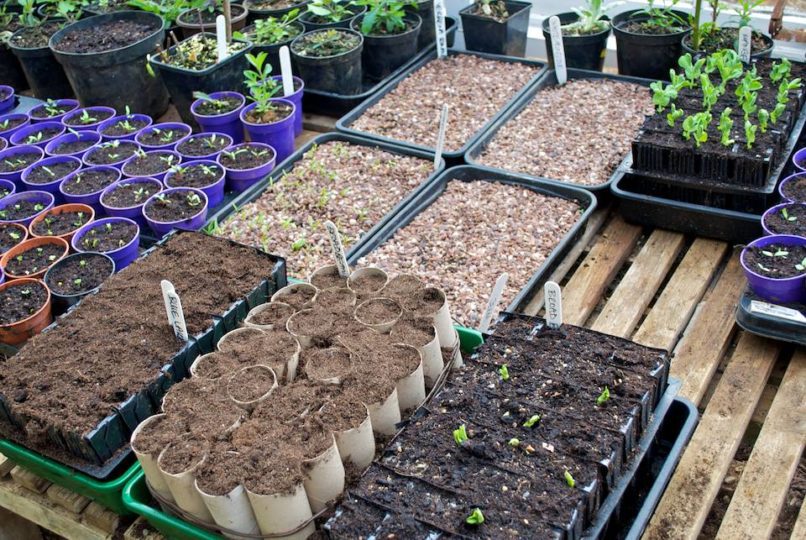
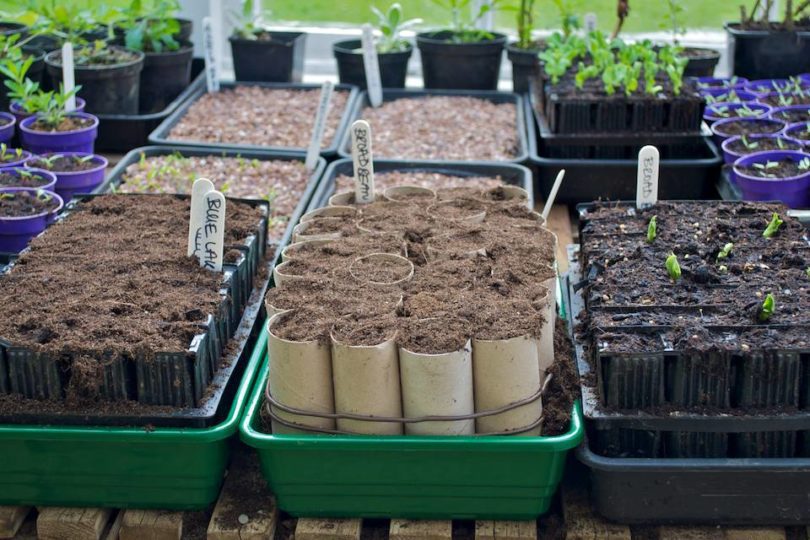

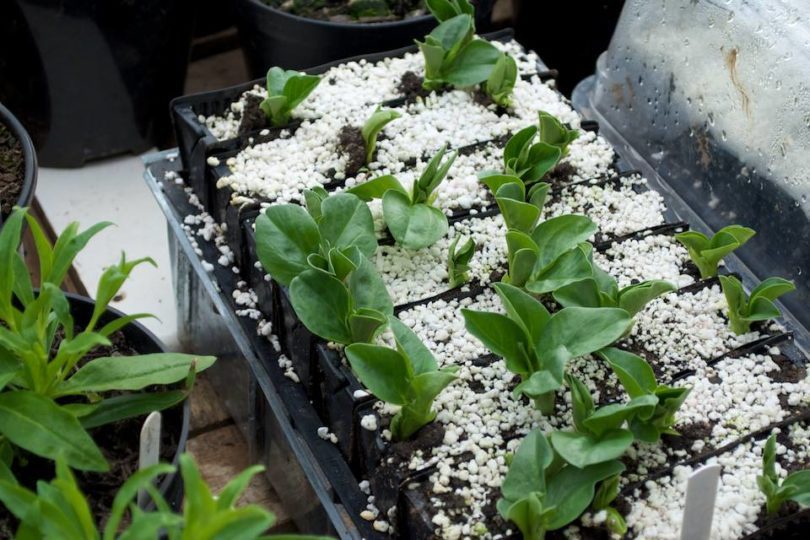
On the other hand, there are also countless gardeners for whom this manner of germination has proved very successful indeed. Many have been growing their plants from seed in this manner for years. The low price tag, environmental advantages and their disposition to break down completely when planted, certainly makes for an attractive solution. Furthermore, online forums such as the RHS, Gardeners World, River Cottage, Telegraph Gardening, and so forth, frequently recommend them for growing plants from seed. Likewise, there certainly seem to be no ‘official’ condemnations as to their usage, at least none that I have been able to find. So what is the truth? Are loo roll inners a viable option for seed germination?
My experiment will certainly not provide concrete answers, but I am curious to see if the results differ substantially. Nothing conclusive is expected as our greenhouse certainly does not provide laboratory testing conditions, but same seed/same compost, should provide some answers. Personally speaking, Root Trainers have proved successful in the past and their usage will continue. However when in need of additional vessels for germination, this could certainly be an option.
Perhaps, the answer lies in the brand? I forget the particular forum platform, but one dedicated gardener’s reasons for lack of success were put to be “..perhaps if I had used M&S rolls, instead of Tesco’s…”.
Thank goodness for good old M&S, the purveyor of quality, even when it comes to the inner workings of their loo roll…
